The new Samsung S9 does indeed have a variable aperture, it’s the first step in this direction. Two modes: F1.5 and F2.4.
Comparison here:
In regard to Pixel2, it would be interesting if this guy compared RAW output to DSLR as well, as a number of his comments relate to the sharpening applied in-phone.
Yes that looks a good improvement.
Samsung, however, are not moving forward much with the sensors. They have made the aperture bigger but I wonder if much of the “better pics” are just smarter post-processing?
The Huawei P20 Pro has the potential to take things even further, with its 40MP camera which is the same as the year-2011 Nokia 808 / Nokia 1020 whose camera still mysteriously outperforms just about everything currently out.
It must be debatable whether a sensor with say 16MP producing a 10MB jpeg will outperform a 40MP sensor (of the same overall silicon dimensions, so having smaller pixels) whose data is downsampled (in raw) to produce a 10MB “16MP” jpeg, but looking at the Nokia “mystery” I suspect it probably does. OTOH the Nokia had a bigger lens which must help with collecting light, but should not help with resolution because type of camera is not diffraction limited – or is it?
My view is that serious improvements in phone cameras will come via 40MP and bigger sensors and doing in-camera processing and adjacent pixel averaging on the raw data. They can’t use much bigger lenses because that would make the phone thicker, which is a fashion no-no.
Interesting! It’s funny how people are realising, 5 years later, that the 808 was actually pretty good 
The Iphone pics will look more attractive to most people because the phone (like all smartphones) tweaks up
You can see that in all the photos.
My last 808 went on Ebay in early 2015 simply because it didn’t run a specific website which I needed and which used some server-side code whose HTML worked only on the latest and most popular browsers (Autorouter!) but people still buy them because it is such a good pocket camera which also has decent 3G functionality for pic upload etc. I would not go back to an 808 today; the current phones are much more functional, with lots of useful apps. If somebody put the 808 camera into a current-level android phone I would buy it instantly because, if say watching on a 1600×1200 screen, there is no obvious way to tell if a pic of a landcape or some nature object was shot with the 808 or with a DSLR.
Justine has the later Nokia 1020 which has the same camera and she really likes it, but is finding that the win8 browser (IE) fails to work with an increasing number of websites.
Here’s another comparison, this time Samsung S8 and the old Nokia 808. The Samsung images have a load of unsharp mask applied and appear “painterly” which is the classic issue with phone cameras and excessive noise reduction done in software.
Here is a comparison of an S7 with the S9, stock camera app, default settings, taken with maximum zoom. Obviously it looks crap (this much digital zoom always does) but the interesting thing is that after about 4 years it is almost identical 
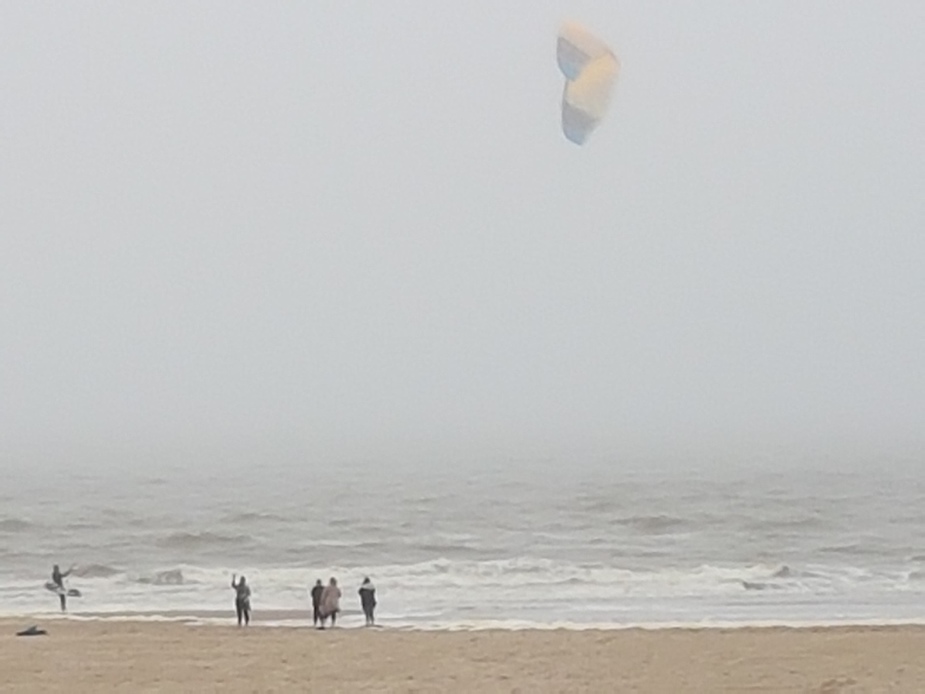
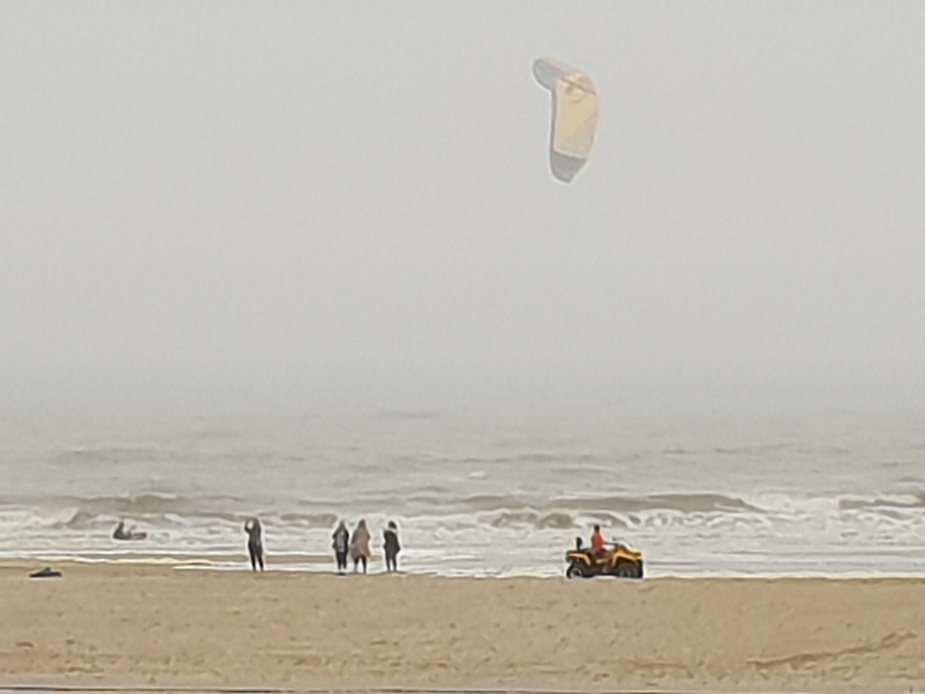
The chute looks better but the rest is identical.
It just shows that the sensors have hardly changed and the rest is software which can do only so much.
I had a play with the Huawei P20 PRO and the camera is definitely better than any other phone camera out currently. Also notable was the relative lack of sharpening which all current phones do to a large degree and mostly in a way which is very visible when you zoom in.
That was in good light, outdoors, so it didn’t use any of the monochrome camera tricks to get low light performance.
As a funny exercise I dug out an old Canon S90 camera, released August 2010, for a little flight today, to compare with my Samsung S7 phone.
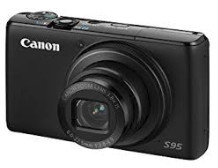
Taking RAW from each, and making what seemed appropriate adjustments in Lightroom (Clarity and Vibrance both +20, and Highlights -50 which doesn’t actually do anything on these non-DSLR sensors which produce little resolution at the bright end), the S90 is similar to the S7, with a better dynamic range. These are 1:1 crops, S90 first:

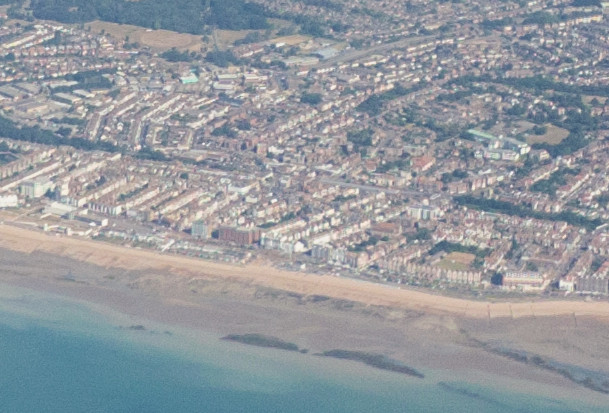
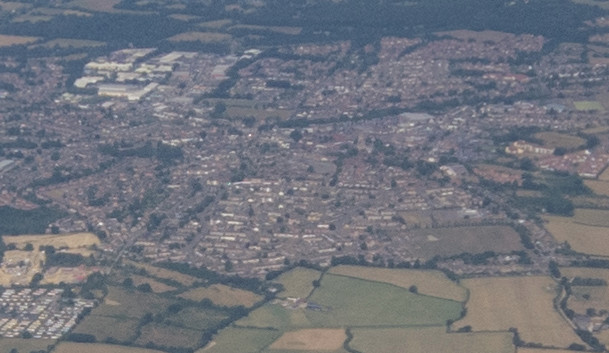
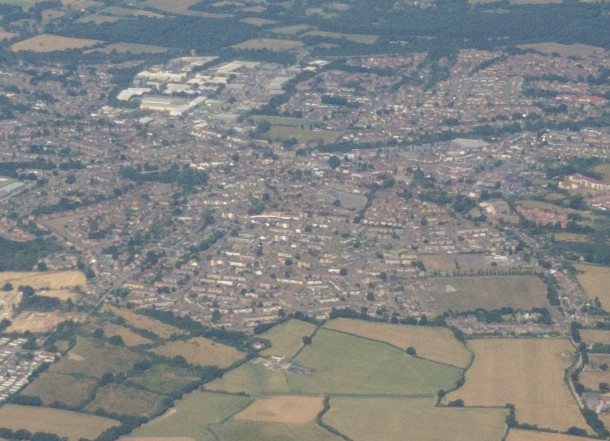
So phones took about 7 years to catch up with the pocket cameras. Of course “pocket cameras” are very much better now if you pay 400 quid plus… but one can see why few people buy them.
OTOH the S90 has an optical zoom which completely transforms many photos.
And comparing the ex-camera jpegs with the ex-Lightroom-jpegs is another thing. Very few owners of either camera type ever used RAW, but it makes a huge difference on a phone, and a much smaller difference on the S90 which produces jpegs which are relatively compact (around 3MB) yet show no jpeg compression artefacts even at 1:1. All ex-phone jpegs show massive artefacts, as well as loads of unsharp mask edge sharpening.
EDIT: the above “S95” pics were actually S90, released as I wrote August 2010. I have the S95 also, released 2014, and the basic image quality is virtually identical to the S90. It has some nice features, was a “400 quid camera” at the time, and one of the things it does really well is a “spot exposure” mode – just like my Olympus OM2 had  except that was just a spot light meter, not AE. Phone cameras should support a localised exposure mode but IME it rarely works properly.
except that was just a spot light meter, not AE. Phone cameras should support a localised exposure mode but IME it rarely works properly.
So these pocket cameras still very much outperform phones in real use, in any challenging scenario.
Further tests (S95) show interesting and possibly expected results. Basically, both the S95 and the S7 produce more or less equally usable RAW images (meaning the dynamic range is similar, in good light) but there is a dramatic difference in what the device does to the jpegs.
On the S95 you struggle to see a difference between RAW and Jpeg. Only at extreme ends one can see it; here the white cladding is washed out in the Jpeg but could be recovered from the RAW
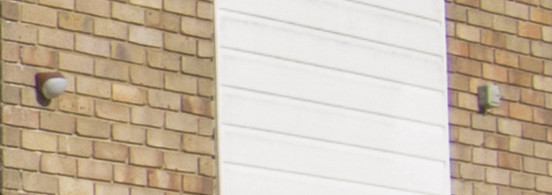

In a more normal situation e.g. the pic below, shown 1:1, one cannot see any difference no matter how hard one looks (2.5MB v 5MB v 10MB file size for ex camera, ex lightroom, and raw respectively)
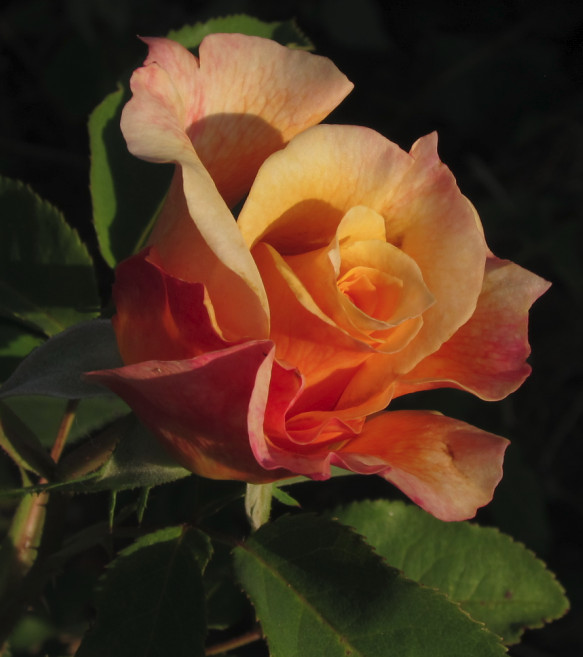
On the S7 it is like any other phone camera I have seen in the large amount of unsharp mask sharpening (apart from the Huawei P20 Pro which uses a lot less sharpening)
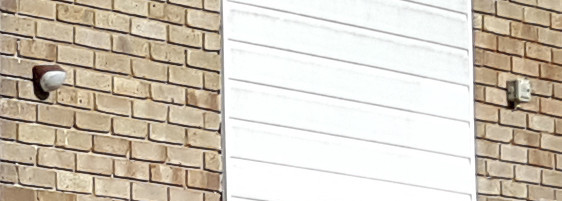
The bottom line? The S95 produces a lot more Jpegs which are usable directly. Just like a DSLR really 
OTOH many people prefer pics with the artefacts, like extreme saturation or sharpening, which is presumably why phone makers generate them.
Peter wrote:
The S95 produces a lot more Jpegs which are usable directly. Just like a DSLR really
That makes sense as the raw to jpeg processing is a closely guarded trade secret. The creation of the jpeg file format itself is trivial and well documented, but the actual raw image processing is not and is not revealed by Canon or anyone seriously in that business for free, though reverse engineering something similar is not too difficult. This is complicated further by the metadata that the canon raw files will include and how LR or similar will process that information. This is partly why the canon raw and jpeg look similar.
That said Samsung or similar, will eventually close this gap, as they take this aspect more seriously. Samsung probably have some of the most talented reverse engineers around 